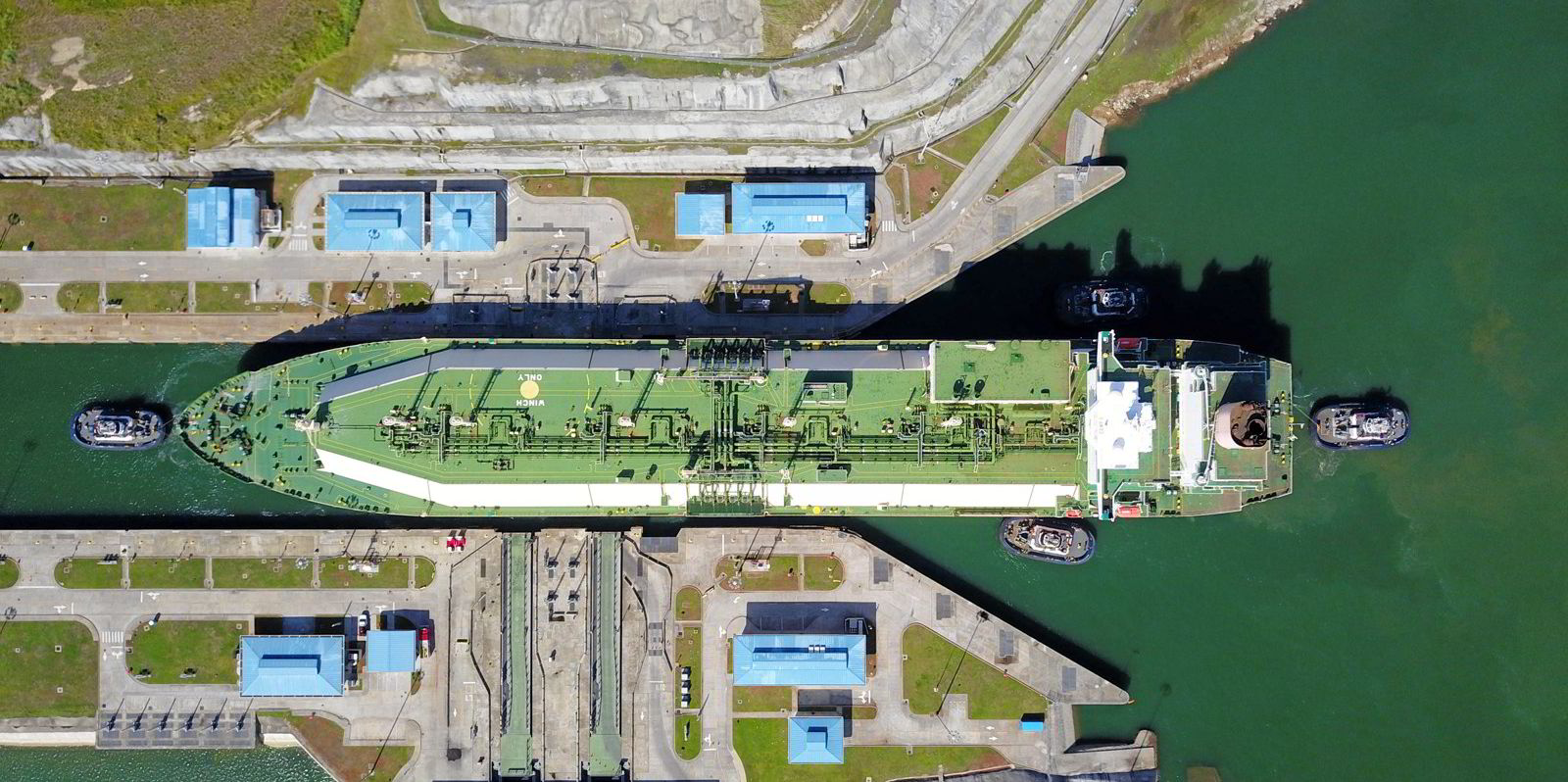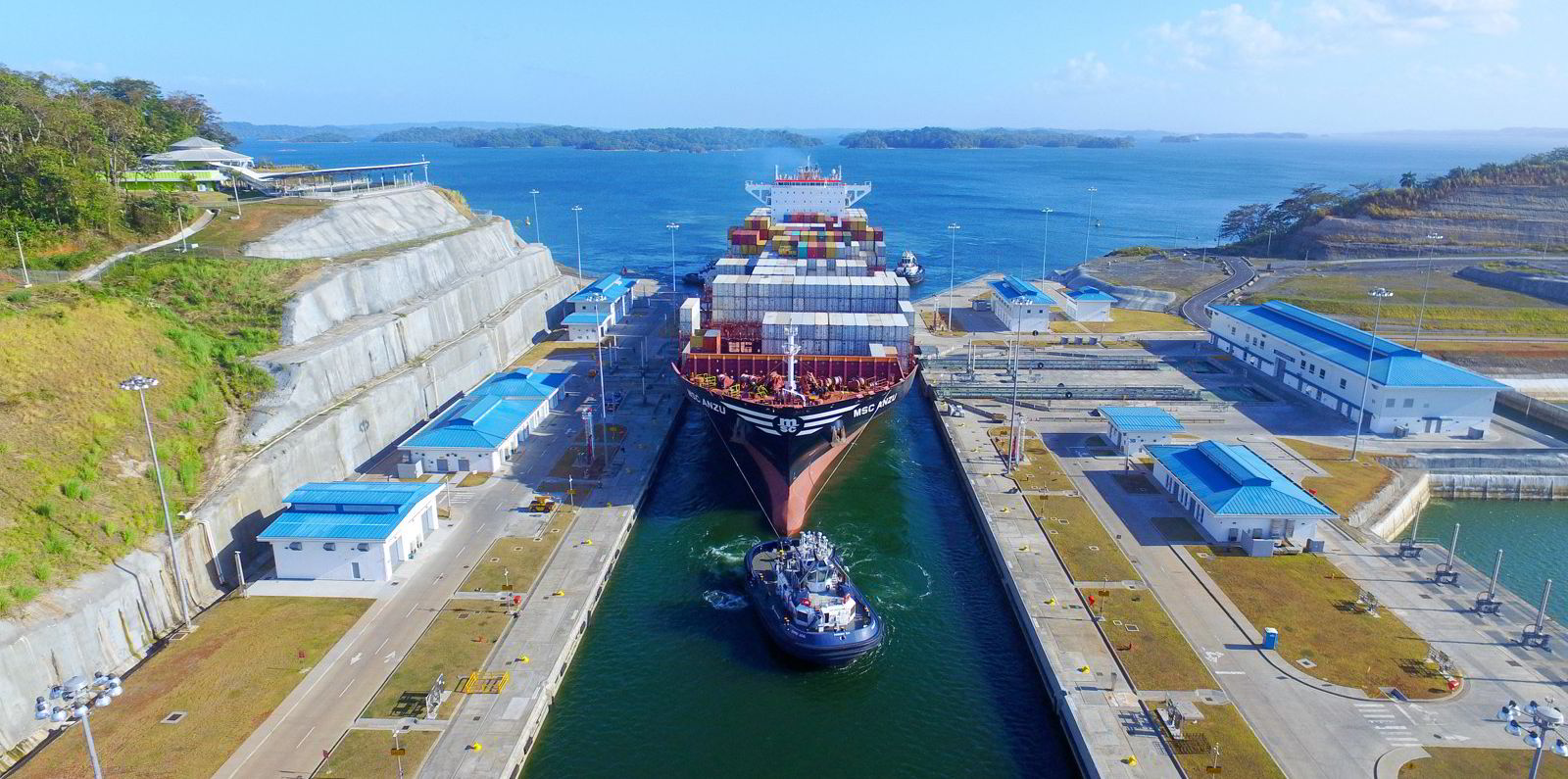Desperate shipowners are likely to break the record for the highest fee ever paid for a Panama Canal slot at auction.
The number of transits has declined at the waterway this year due to draught restrictions caused by drought, increasing shipping delays.
A recent auction saw $2.4m paid, according to Avance Gas chief executive Oystein Kalleklev.
Payments of $2m had previously been reported last year by canal authority ACP.
But TradeWinds is told the highest fee paid at auction was a huge $2.6m in November.
An Asian charterer was linked to the bid.
One shipping source told TradeWinds it would be no great surprise if this is surpassed within the next three months.
The standard fee for transit is about $400,000, but ACP offers one or two vacant crossing times through the neo-panamax locks to the highest bidder each day.
The auctions are generally won by LNG or LPG carriers.
Avance Gas said waiting times at the canal in the second quarter averaged 6.5 days northbound and 5.25 days southbound.
Water levels to stay low
Water levels in the canal are likely to remain exceptionally low for months despite forecasts of short-term improvements, according to Isaac Hankes, senior weather analyst at London Stock Exchange Group.
“The Panama Canal is experiencing major, ongoing disruptions in the shipping supply chain due to restrictions on traffic related to very low water levels. This is the result of drought conditions that rapidly developed from the beginning of the year through June and have held steady since that time,” he added.
Hankes said 2023 is off to the driest start from January to July since 2015.
“While the low rainfall rate itself is not historic in nature over the long-term, 2023 does show the largest decline in rainfall rate year-over-year on the record. This sudden drying after a wet 2022 is the likely culprit for the rapid drop in canal water levels,” he added.
Hankes noted a slight improvement in rainfall over the past two months, stabilising water levels.
But he believes dry weather could persist for the rest of the year.
“This means that Panama Canal water levels are likely to remain exceptionally low for months ahead yet, despite short-term improvements in the forecast,” the analyst concluded.




